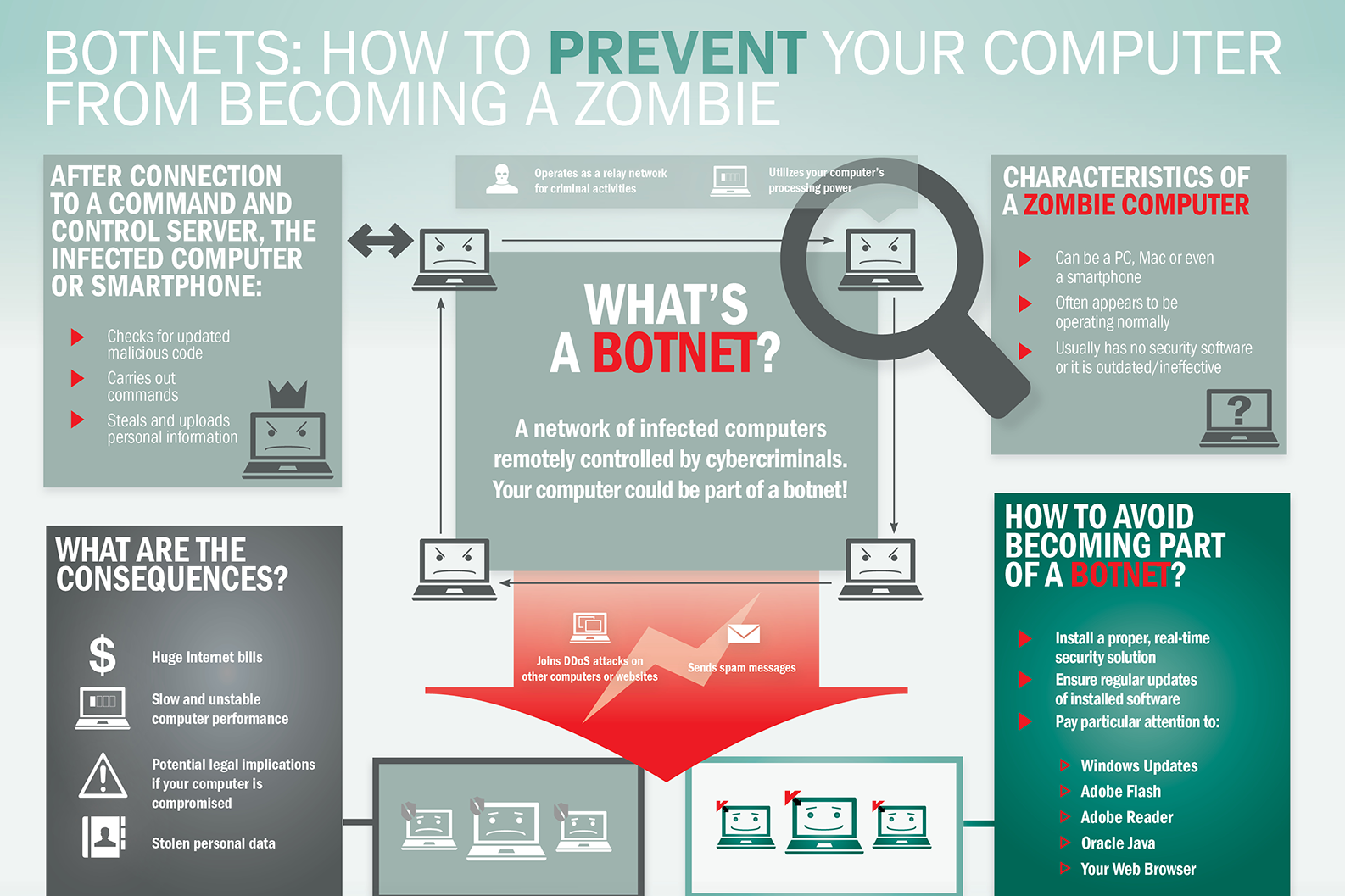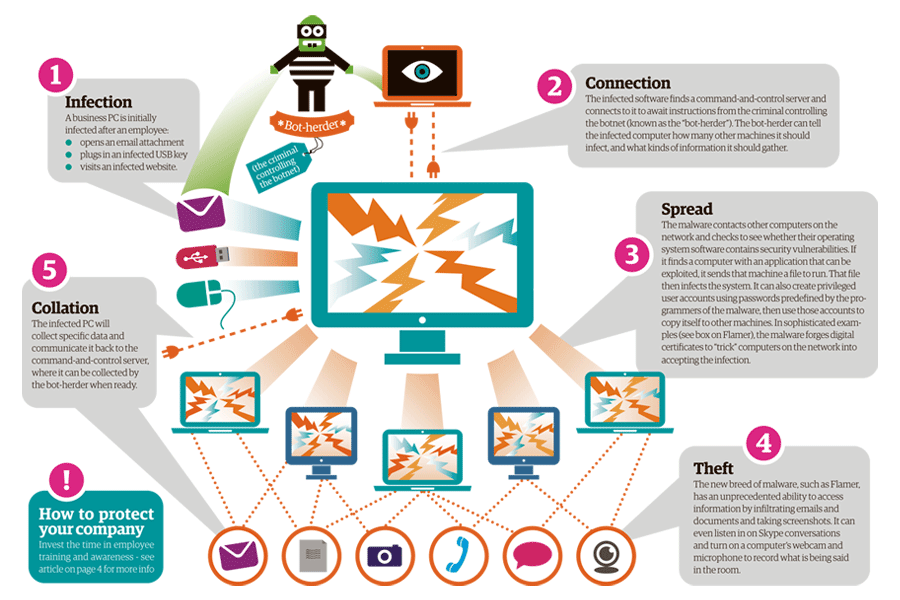CEOs and CISOs have a crucial role in ensuring cybersecurity for their organizations. Their focus is on protecting sensitive information and critical assets from cyber threats such as data breaches, hacks, and cyber attacks. To achieve this, they must implement a comprehensive cybersecurity strategy that addresses all aspects of security, including people, processes, and technology.
Regarding people, CEOs and CISOs must ensure that employees and contractors are trained in cybersecurity best practices and aware of their roles and responsibilities when it comes to protecting company data. They should also implement policies and procedures that promote a culture of security and accountability throughout the organization.
Regarding processes, CEOs and CISOs must establish and enforce policies and procedures that govern how information is accessed, used, and stored. They must also ensure that security measures are integrated into all stages of the software development lifecycle and that regular security assessments are conducted to identify vulnerabilities and risks.
Regarding technology, CEOs and CISOs must deploy and maintain a suite of security technologies that are designed to protect against cyber threats. This includes firewalls, intrusion detection systems, antivirus software, and encryption tools, among others. They must also stay current with the latest security trends and technologies and be prepared to implement new measures as needed to address emerging threats.
Overall, CEOs and CISOs must work together to develop and implement a holistic cybersecurity strategy that addresses people, processes, and technology. By doing so, they can help protect their organizations from cyber threats and maintain the confidentiality, integrity, and availability of their data and assets.
CEOs and CISOs are focused on ensuring cybersecurity through a combination of people, process, and technology measures.
Some of the steps that CEOs and CISOs may take to ensure cybersecurity in 2023 include:
Increasing awareness and training: CEOs and CISOs may focus on increasing employee awareness of cybersecurity risks and providing training to help employees identify and avoid potential threats.
Strengthening policies and procedures: CEOs and CISOs may review and update their organization's policies and procedures to ensure they are aligned with the latest industry best practices and regulations.
Implementing advanced technologies: CEOs and CISOs may leverage advanced cybersecurity technologies, such as AI-powered threat detection and response tools, to improve their organization's ability to identify and respond to threats.
Conducting regular audits and assessments: CEOs and CISOs may conduct regular cybersecurity audits and assessments to identify potential vulnerabilities and develop plans to address them.
Artificial Intelligence Enhances Cyber Security
AI is playing a critical role in protecting organizations by providing advanced threat detection and response capabilities. AI-powered cybersecurity tools can analyze vast amounts of data in real-time to identify patterns and anomalies that could indicate a potential threat. AI can also help automate the incident response process, enabling organizations to respond to threats faster and more effectively.
Furthermore, AI is also used to improve the security of the software development lifecycle (SDLC) and the security of software applications themselves. By automating security testing and analysis, AI can help identify vulnerabilities in applications before they are deployed, reducing the risk of cyber attacks.
In summary, CEOs and CISOs are likely to focus on a combination of people, process, and technology measures to ensure cybersecurity in 2023, and AI is playing a critical role in protecting organizations by providing advanced threat detection and response capabilities and improving the security of the SDLC and software applications.









